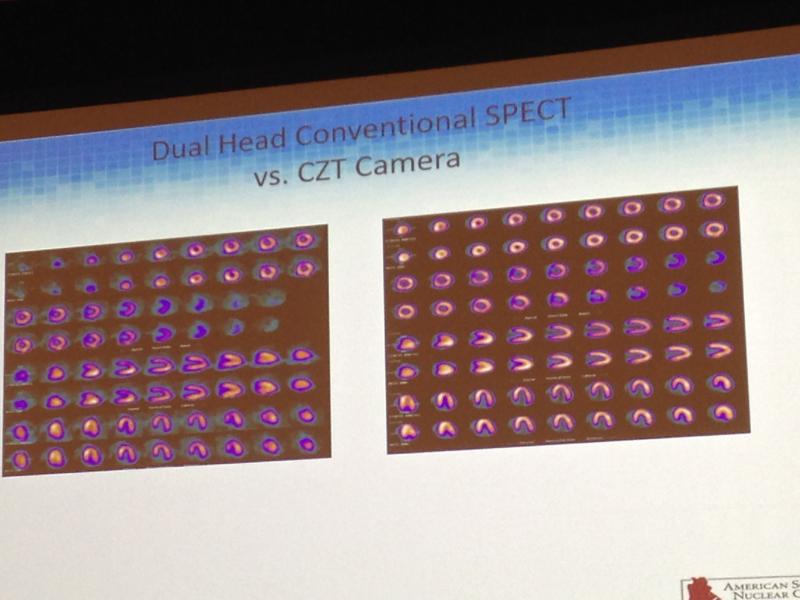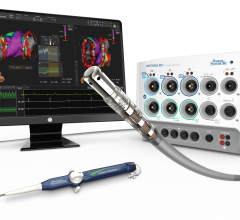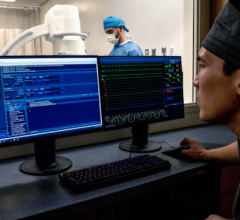
In as much as the environment in which you live can affect your quality of life, so can the environment in which someone receives medical care affect patient outcome – at least in theory.
September 3, 2008 – While a recent study into whether using unselected and selected bone-marrow derived cells can help with regeneration of heart tissue did not lead to significant improvement of LVEF and LV volumes in comparison to control group, there was a trend toward significant improvement of LVEF in patients with severely depressed baseline LVEF receiving either MNC or CD34 CXCR4 bone ma
Boston Scientific launched its Atlantis 018 Peripheral Imaging Catheter, which reportedly brings existing 40MHz coronary ...
Providing exceptional cardiovascular care for patients to achieve the best possible outcomes is the number one goal for ...
The FDA has approved the LipiScan Coronary Imaging System, an angiography laser scanner by InfraReDx Inc., which is intended to characterize fatty deposits in coronary vessel walls using near infrared diffuse spectroscopy.
The recently FDA-approved COGNIS CRT-D and the TELIGEN ICD from Boston Scientific are among the smallest and thinnest high-energy devices at 32.5 cc and 31.5 cc respectively, while less than 10 mm thick. Both devices offer extended battery longevity over previous company devices, self-correcting software and improved programming technology.

If the case went to court for whether positron emission tomography (PET) or single, photon emission computed tomography (SPECT) is better suited for myocardial perfusion imaging, experts say the current technology and developments on the horizon would result in a hung jury.
Cardiac positron emission tomography (PET) is growing in popularity among cardiologists because it provides the ability ...
September 1, 2008 - More than 22 million people worldwide suffer from heart failure, and most heart failure hospitalizations are due to excessive fluid accumulation in the chest cavity, and new data presented at the European Society of Cardiology Congress this week shows Medtronic’s devices equipped with OptiVol Fluid Status Monitoring Alerts may give advance warning of a patients’ worsening c
Spectranetics Corp. recently announced the availability of its LLD EZ Lead Locking Device (LLD) for the removal of ...
TRUMPF Medical Systems Inc. offers an in-light high-definition (HD) operating room camera, the TruVidia HD, which ...
When performing radiofrequency (RF) ablation to treat cardiac arrhythmia, medical professionals must balance the safety ...
St. Jude Medical’s Promote RF CRT-D (cardiac resynchronization therapy defibrillator) and Current RF ICD (implantable cardioverter defibrillator) are radiofrequency (RF) wireless devices used to treat patients with heart failure and with potentially lethal heart arrhythmias.

The landscape of cardiovascular care is changing. In the cath lab alone, the shift in volume and type of diagnostic and interventional procedures has broadened the lab’s scope, increased demand and raised expectations.
Cook Medical recently launched the EVOLUTION-Shortie Mechanical Dilator Sheath Set, a tool for venous entry during ...
Change Healthcare Cardiology Hemodynamics is an integrated hemodynamic monitoring system for monitoring vital signs and ...
Carestream Health’s CARESTREAM Virtual 3D Solution is a 3D software package designed to deliver advanced 3D processing ...
Medtronic’s Concerto/Virtuoso line of implantable cardiac devices feature Medtronic’s proprietary Conexus Wireless Telemetry, developed using the Medical Implant Communications Service (MICS). Using the MICS band enables reliable communication between the implanted device and clinician programmers and patient home monitoring units.
Angiography systems have been a diagnostic mainstay in cardiac cath labs for more than 50 years, playing a pivotal role in the diagnosis and treatment of heart and vascular diseases. Replacing imaging intensifiers with flat panel detectors (FPD) for angiography has broadened digital imaging’s role in the cath lab.

 September 03, 2008
September 03, 2008



